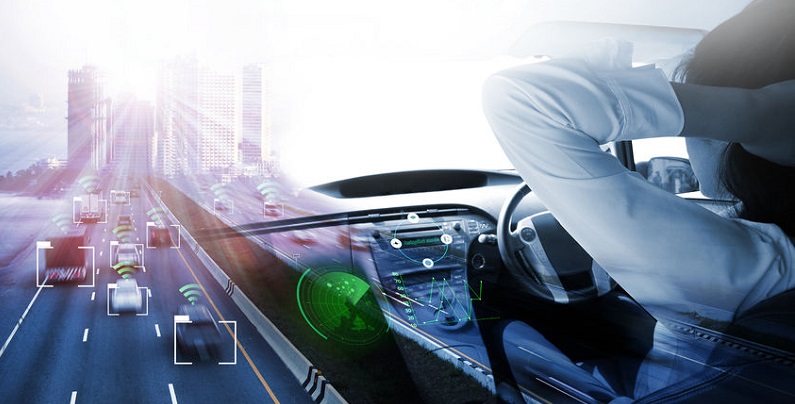Every second, the on-board computer of a self-driving car makes hundreds of accurate calculations about speed, location, distance from other cars, and other factors. These readings can eliminate almost all of the errors made by human drivers, substantially reducing auto accidents.
While autonomous vehicles promise to reduce auto accidents, the technology also has its drawbacks.
In years to come, self-driving cars may become a common sight on Colorado highways. What are the advantages and disadvantages of autonomous vehicles?
The Pros
Several companies have made major investments in self-driving vehicles, motivated in large part by the expected benefits of fully autonomous technology.
- Fewer errors, fewer auto accidents. Every second, the on-board computer of a self-driving car makes hundreds of accurate calculations about speed, location, distance from other cars, and other factors. These readings can eliminate almost all of the errors made by human drivers, substantially reducing auto accidents. According to the Association for Safe International Road Travel, collisions account for 1.35 million deaths worldwide each year. If nothing changes, automobile accidents may become the fifth leading cause of death by 2030.
- Less congestion. Fewer accidents mean less congestion. And because self-driving vehicles could communicate with each other, fewer traffic signals and therefore fewer stops would be required, further reducing bottlenecks.
- Reduced emissions. Autonomous cars would reduce vehicle pollution by maintaining consistent driving speeds and consistent distances between vehicles so that there’s less need to slow down and speed up again. Models with electric or hybrid engines would further reduce emissions caused by the burning of fossil fuels.
The Cons
Students of autonomous vehicles also see drawbacks.
- Cost. Self-driving cars will probably be expensive, at least at first. But since even the most cutting-edge technology tends to get cheaper the longer it is on the market, autonomous vehicles may eventually become affordable for almost everyone.
- An unexpected glitch could cause car accidents. Although programming errors in our computers and mobile devices are often little more than annoying, a faulty string of code in a self-driving vehicle could prove deadly.
- When a jaywalker suddenly appeared in a Tempe, Arizona roadway in 2018, the self-driving car began to stop only when impact was a second away. In addition to other possible contributing factors (the incident is still being investigated), the car had not been programmed to recognize that a pedestrian doesn’t always stick to the crosswalk. That particular deficiency will, presumably, be remedied in future programming. But will programmers be able to code for every possible familiar or rare scenario?
- Thieves can already use technology to hack into a car’s computer system. As those systems become more sophisticated, criminals will have even more opportunities to hack into them. Cyber attacks on semi-automated or fully automated vehicles could cause malfunctions, traffic jams, accidents, and fatalities. Coders are aware of the danger and will try to stop hackers, of course. But we have seen how hard it is to make a computer system impenetrable to the bad guys, and we can’t expect that autonomous technology will ever be fully secure.
Although these problems may well be mitigated as autonomous technology advances, relying on self-driving vehicles will probably always entail both benefits and hazards ‑- just as relying on human-controlled vehicles does.

